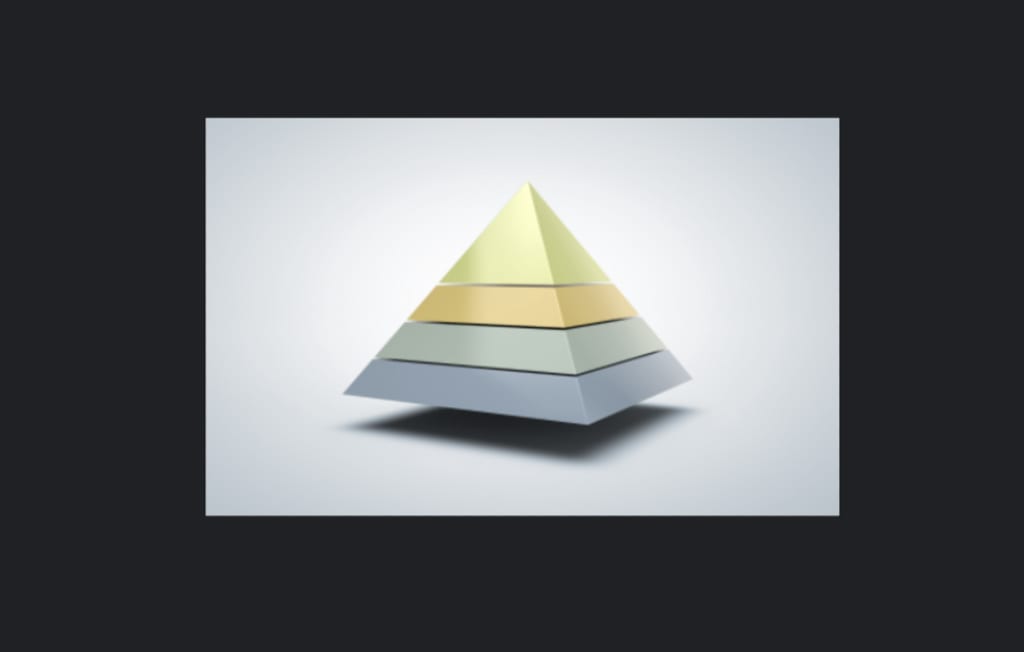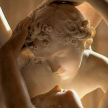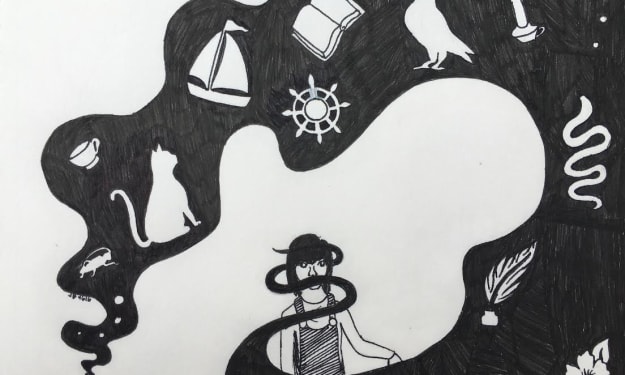
So, you are trying to wrap your head around the complicated construct and order of the horror that is teenage hierarchy. If you want the short answer...its full of peer pressure, bullies and observers. In all truth, it is near impossible for a parent or adult, who has not grown up with social media, to know exactly how it is currently in modern times, because things change! That is why I will try to do my best to explain it to you, as a current Gen Z myself.
So, as you may expect, directly at the top are the popular boys and the popular girls. You know the type, usually fairly attractive and able to get away with saying anything they want to anyone. Personally, I hate the term 'popular'. Who decides they are popular? And why does everyone go along with it? In all fairness, I don't know the answer. It most likely has something to do with looks and who has the most careless and flirty personality. The 'popular' clique is something which has been going on for a long, long time within all aspects of life, however modern pieces of technology have completely changed the ways in which they work.
Social media is causing kids to mature at a much faster rate than normal, meaning that they are becoming much more aware of societies beauty standards and trying their best to conform to them. Popular kids are usually the ones with naturally goods genes, who pose in front of the camera and showing off and revealing things which no child their age should ever do! Furthermore, the fact that they are being exposed to the media at younger and younger ages, means they are experiencing and maybe even taking part in the masses amount of hate that goes on inside it. Therefore, kids are being extremely influenced by people they have never even met, causing a lot more toxicity and judging amongst teens, which is also damaging for the people causing the upset, as it creates false realities for them and gives them completely unrealistic expectations for life.
The worst part of all of this is that, since people can get away with a lot more behind the screen, teens will say horrible things to each other online. I'm sure you have heard all about that before, but the thing is, because my generation has grown up with the media, and actions having barely any consequences online, they are being lead to believe that this is the same in person. Hence the reason our version of popular people exist.
My definition of the modern popular person is, 'An in real life troll'. If you are not familiar with the slang word 'troll' ,it is someone who starts flame wars or intentionally upsets people. If you are now wondering, "Why don't people just stand up to them then?", it is because of a lovely old friend of mine known as, peer pressure.
In my opinion, there are three main categories of children in schools, the 'popular', the 'people who get picked on by the popular kids' and 'the rest of them' or 'the observers'. The 'popular' kids somehow manage to work themselves up to a position where they have a large group of friends, half of them who they will talk badly about behind their back. From there, the popular kids are usually fairly pleasant to 'the rest of them', to maintain their social image of the golden kid, but constantly pick on the others outside of their group, to get a laugh from their mates.
'The observers' group is probably the most interesting. The majority of them dislike the popular clique, due to how they treat their peers, but they never stand up for them for fear of being picked on themselves. In a perfect world, they would all stand up to the poisonous clique and give them a piece of their mind, but they never do because they think that nobody else wants to. This is the main problem in schools today, the ones who sit above it all and can pick and choose who they are friends with, or who they make fun of, are untouched by everyone else, because everyone else thinks that they are the only ones who care.
Social media teaches us that the world is such a hateful place, that students are becoming mistrusting of each other, and allowing their classmates to be picked on, simply because everyone else puts up with it.

Now, if you want your child to avoid this or escape this terrible scenario where everyone ends up with some kind of pain, then here is my advice: -Teach them that it generally doesn't matter what others think, this is often a very hard thing for young people to understand, but try to explain to them that in ten years time, the opinions of their classmates and strangers on the street, really isn't going to matter. -Have a serious chat to them about how they feel about their current situation and place in school. If they are happy and content with it, then leave them be, but ensure that they know to help out others who they think need it. If they aren't happy and feel as though they are being exploited by their classmates, try to help them. Now, the odds are they won't appreciate you storming into school and reporting their bullies in front of everyone, so here is my advice. Quietly tell their tutor or head of year, and ask them to deal with it quietly, as bullies should never be able to get away with it. Second, ask their friends to keep an eye on them and to stick up for your child if possible. If your kid doesn't have many friends to aid them, try to help them improve on their social skills to help them gain more support and friendships, as I am true believer of the idea that children who grow up with a supportive and healthy friend group, do a lot better in life. -Make sure they know how important it is to be kind and include others. Tell them about the short term and long term effects a negative experience and time at school can be on someones mental and physical health. -And finally, treat them like an adult and ask them what kind of things they look at and post on social media. If they happily tell you and show you their feed, that is great! You must have a very close relationship with them, go you! However, if they refuse, do not pressurise or guilt trip them into showing you, but instead tutor them in all the dangers of the internet and ask them to keep in mind who can see their posts, ask them to just keep all of that in mind and leave it at there, except remember to have occasional chats about their social media and their opinions on it.
I hope this article has been useful to you, I really have tried to explain the pressure and causes behind all of the horrid reasons of modern school bullying and hierarchy. This will not apply to every single scenario in every single school, but I desire that it will help you understand modern peer pressure from a different point of view.
Wishing you all a wonderful week, -Jo
*photo sources* -Cover photo= https://scottishbeekeepers.org.uk/advice -Advice photo= https://uxdesign.cc/hierarchy-of-information-work-e40eaf973ae0






Comments (1)
This article attempts to delve into the complex world of teenage hierarchy, with the author claiming to shed light on the intricacies of peer pressure, bullies, and observers. However, the piece falls short of delivering a coherent and insightful analysis, leaving readers with a disjointed and confusing narrative. The author, who identifies as a current Gen Z member, begins by acknowledging the difficulty for adults to comprehend the modern teenage landscape due to the influence of social media. Unfortunately, the article fails to capitalize on this potential insight and instead meanders through a series of loosely connected thoughts. One major issue is the lack of structure and organization. The author introduces various concepts such as "popular" kids, observers, and bullies without providing a clear framework or definition for these terms. This results in a confusing jumble of ideas that fails to provide a comprehensive understanding of the purported teenage hierarchy. Moreover, the author's use of language and informal tone undermines the article's credibility. The frequent use of slang and colloquial expressions detracts from the seriousness of the topic at hand, making it challenging for readers to take the content seriously. The dismissive attitude towards the term "popular" and the lack of critical analysis further weaken the author's argument. The article attempts to link social media to an accelerated maturation process among teenagers, but the connection is tenuous at best. The author makes sweeping generalizations about the impact of social media without presenting concrete evidence or examples to support these claims. The assertion that popular kids are those with "naturally good genes" and engage in inappropriate online behavior lacks nuance and oversimplifies the dynamics of teenage social groups. Additionally, the author introduces the concept of the "observers" group but fails to explore this category in depth. The article mentions that observers dislike the popular clique but provides little insight into their role or potential impact on the hierarchy. This oversight leaves a significant gap in the analysis, leaving readers with unanswered questions. In conclusion, this article falls short of providing a meaningful exploration of teenage hierarchy. The lack of structure, informal language, and unsupported assertions contribute to a disjointed and unconvincing narrative. Readers seeking a nuanced understanding of the complexities of modern teenage social dynamics would be better served by exploring more comprehensive and well-researched sources on the subject.